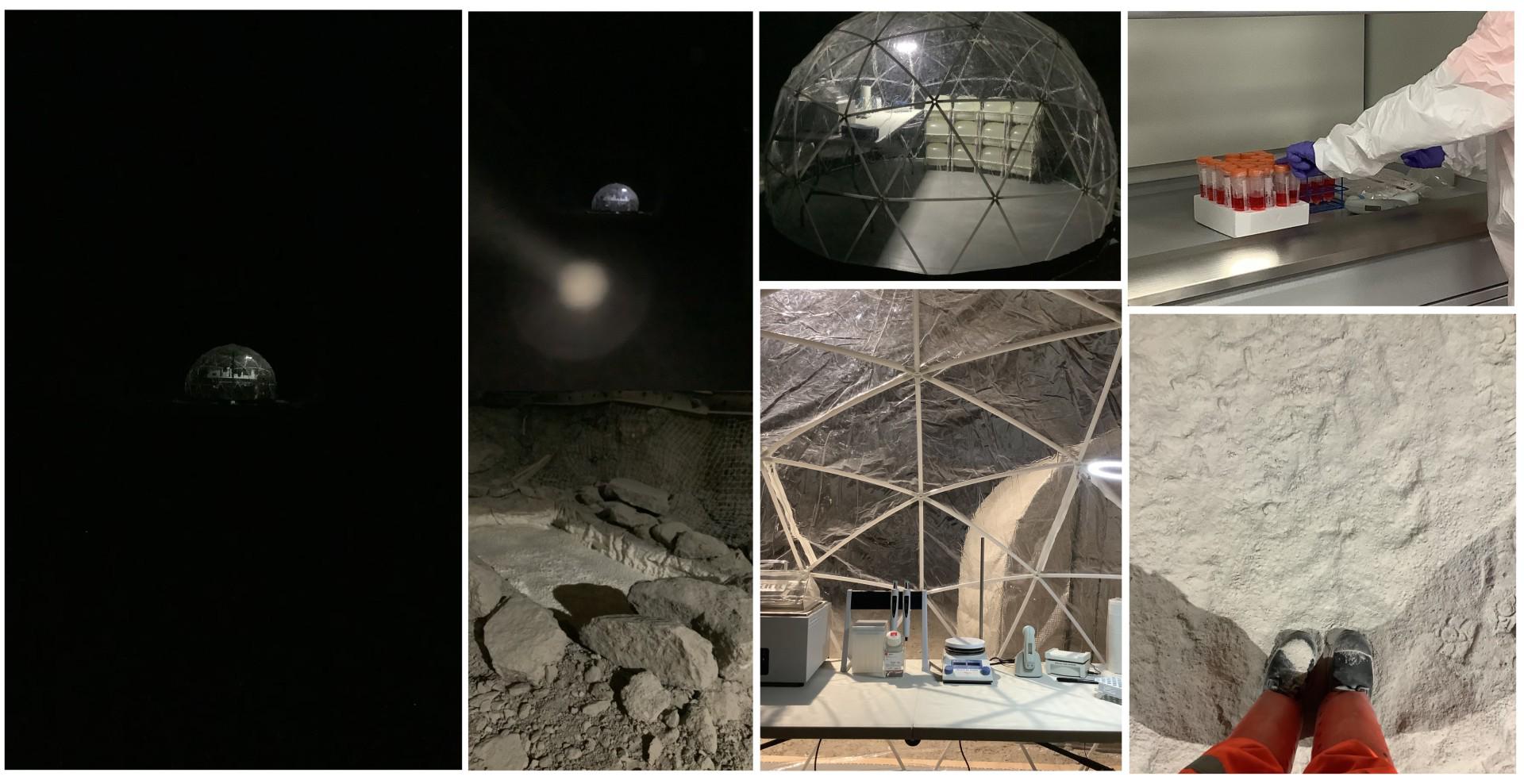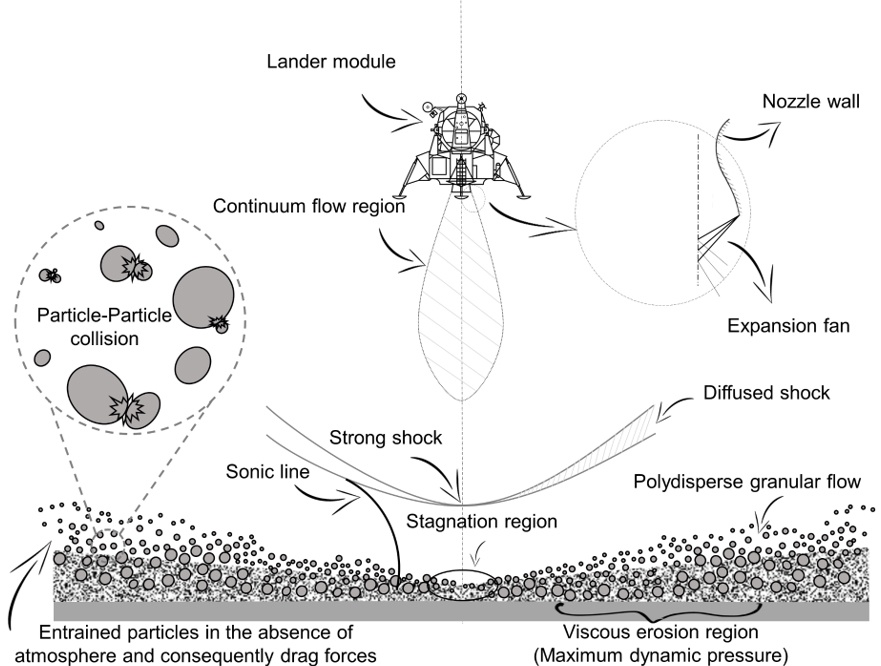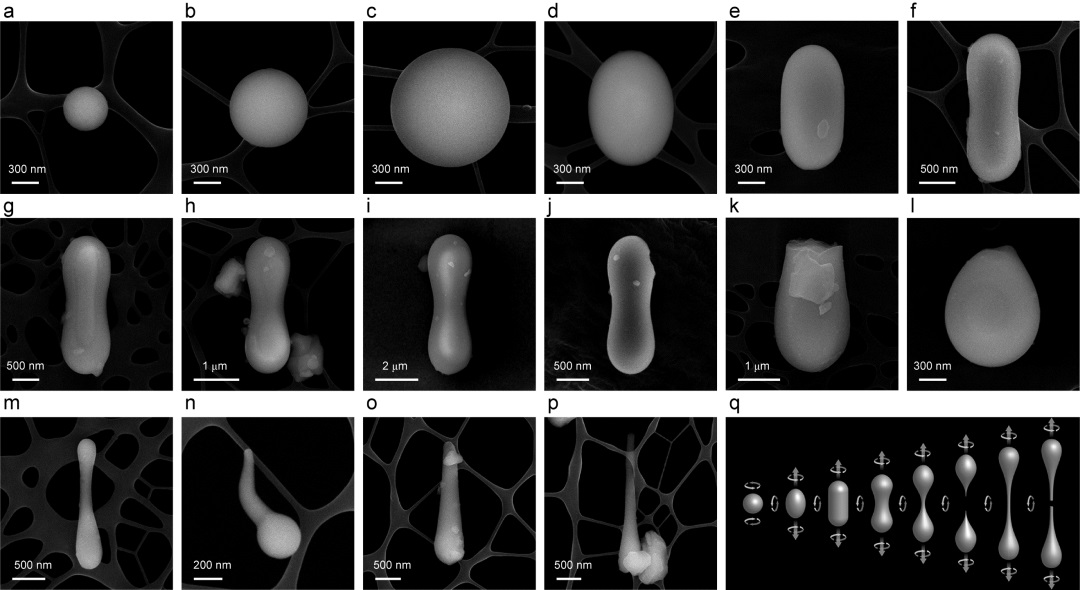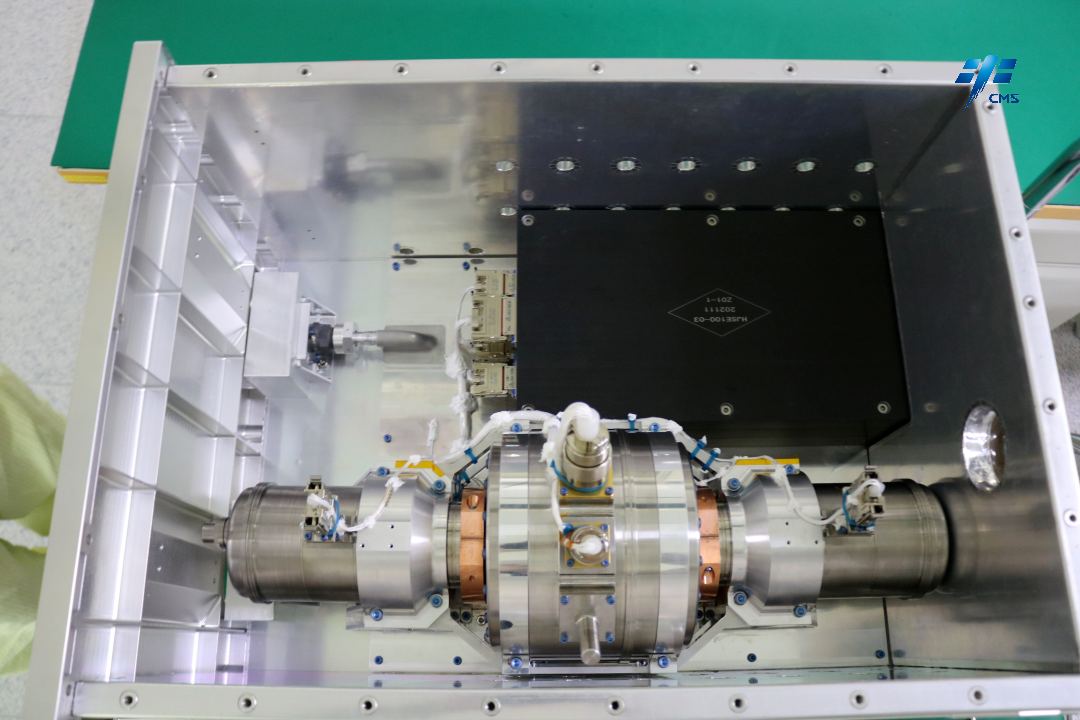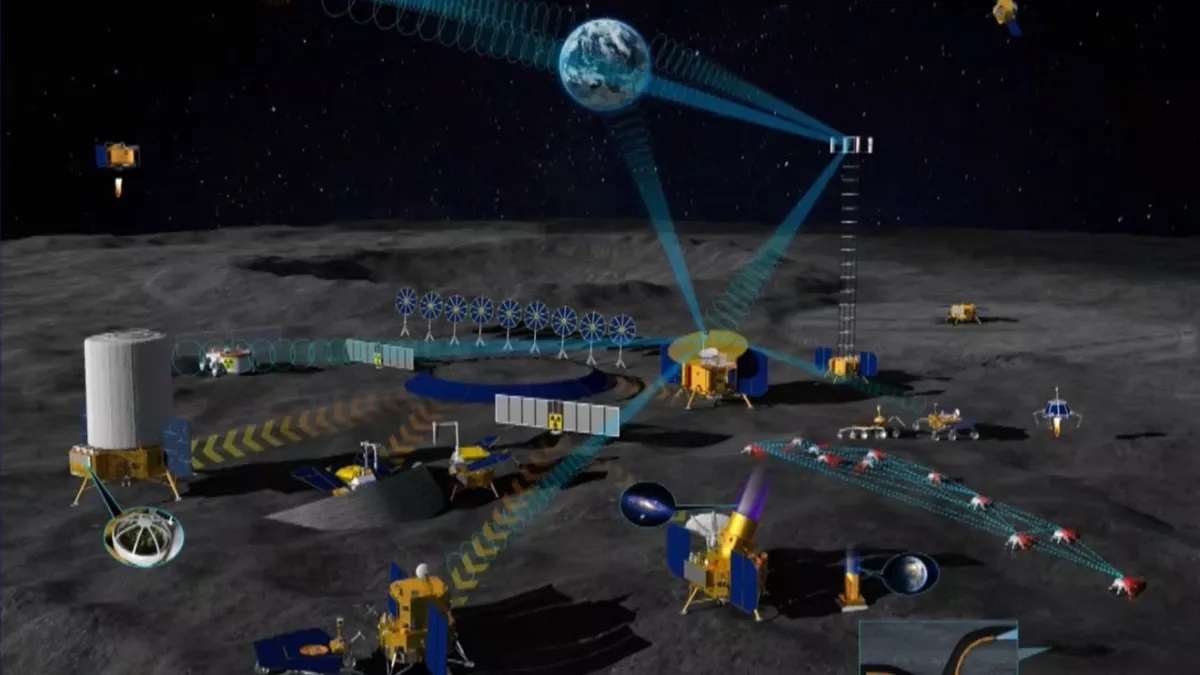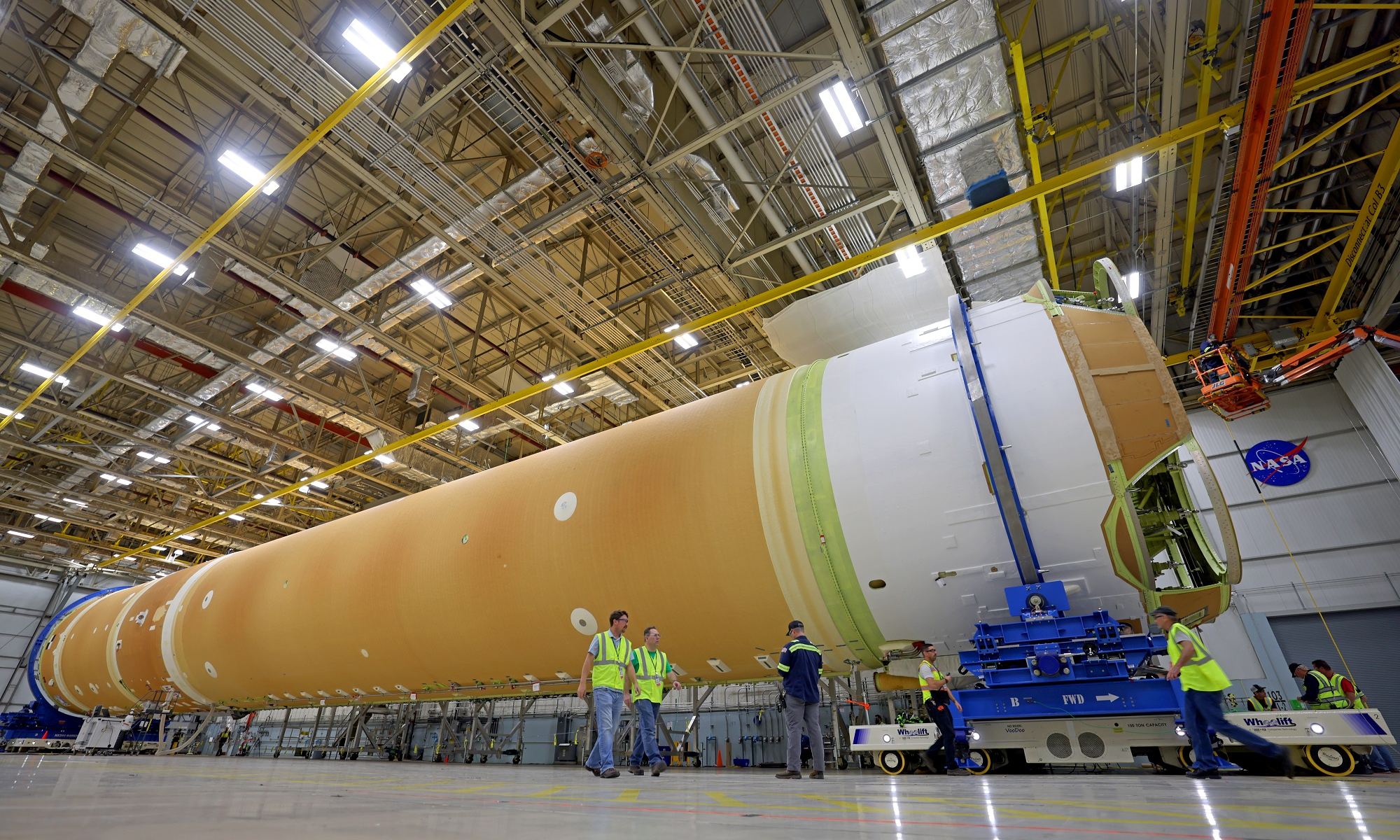In the early days of spaceflight, just getting a satellite into Earth’s orbit was an accomplishment. In our era, landing rovers on other planets and bringing samples home from asteroids is the cutting edge. But the next frontier is rapidly approaching, when astronauts will stay for long periods of time on the Moon and hopefully Mars.
But before we can send people to those dangerous environments, the Artemis partner space agencies have to know how to keep them safe. An important part of that is simulating the conditions on the Moon and Mars.
Continue reading “Researchers Are Building a Simulated Moon/Mars Research Station Deep Underground”
